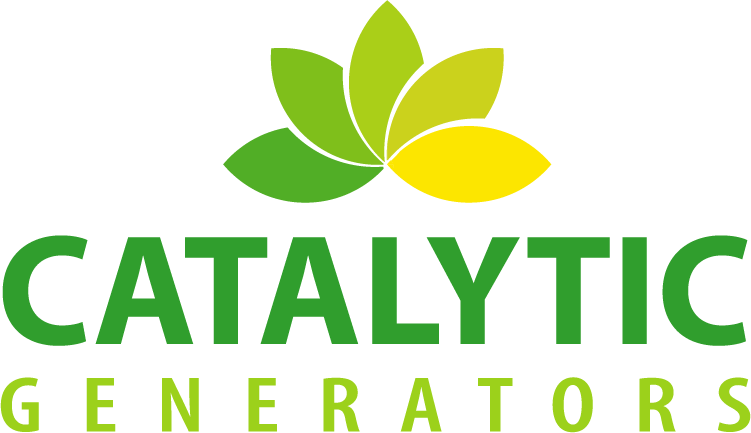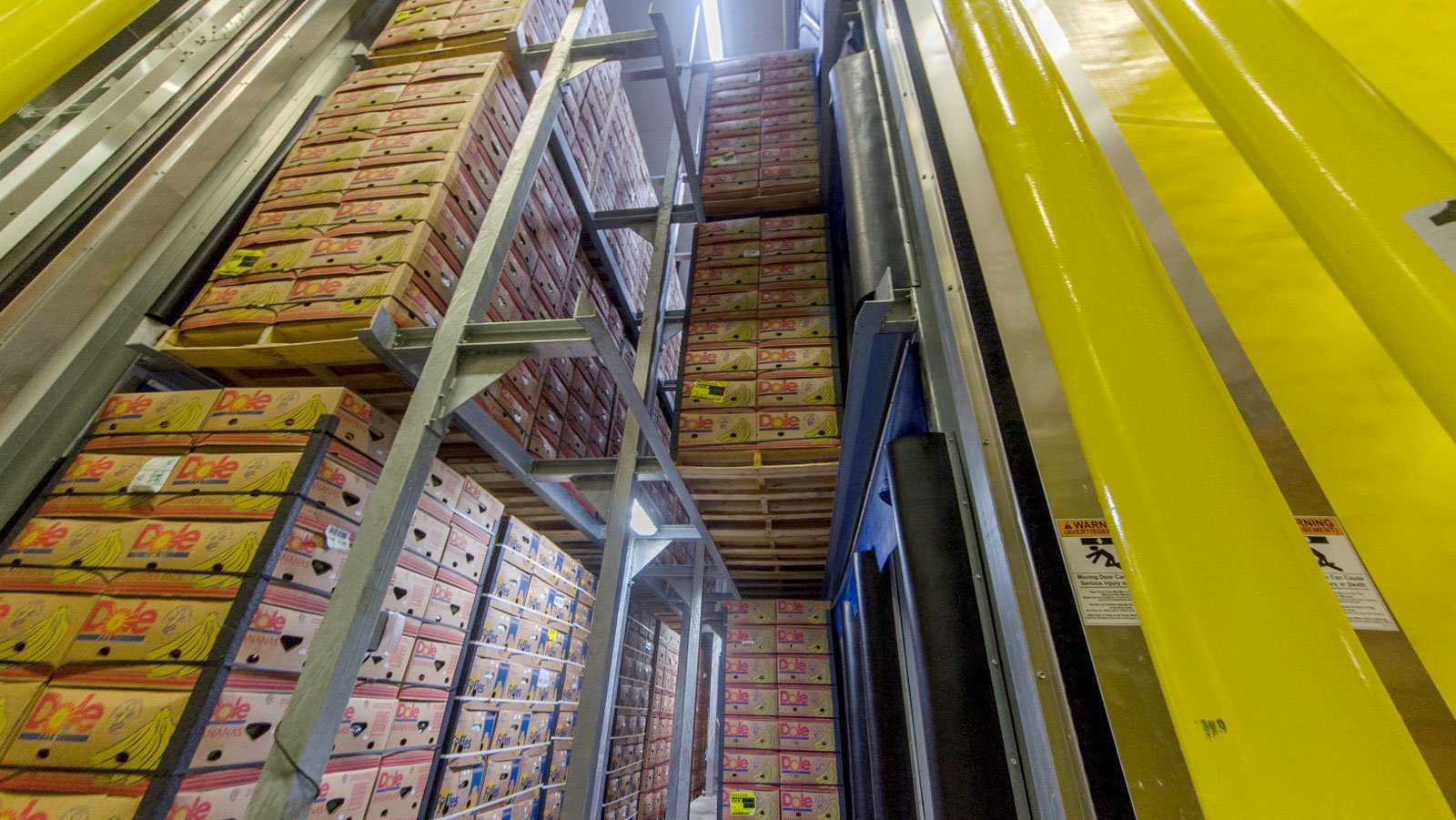Monitoring & Management of Ripening Facilities
Environmental factors in fruit storage play an extraordinarily important role in determining post-harvest fruit quality and shelf-life. Storage facilities, as the name suggests, store fruit after it is harvested and before it is shipped to stores. Ripening rooms, which are often a part of larger storage facilities, have the specialized task of ripening unripe fruit. While their processes differ, the goals of storage and ripening facilities are similar – to control the environmental factors that affect fruit ripening and shelf-life.
The primary environmental factors crucial to fruit ripening are temperature, relative humidity, ethylene (C2H4), carbon dioxide (CO2), and oxygen (O2). The levels of all five factors will vary based on the commodity being stored and whether the goal is storage or ripening. Fruit is alive, and it continues to respire and transpire even post-harvest. As a result, the fruit actively modifies its own environment through its own physiological changes. The 3 ways it does this are:
Respiration: Fruit uses oxygen during respiration to break down sugars and produce heat, water, and carbon dioxide. During storage, keeping the temperature low reduces the rate of respiration, ripening, and senescence. Similarly, the concentrations of CO2 and O2 can also influence the respiration rate.
Transpiration: When there is a difference in the water vapor pressure between fruit and its environment, the fruit loses water. As a result of transpiration, fruit shrivels, and its quality and flavor can be spoiled. Respiration increases transpiration. Less than desired RH% also causes weight loss, which is a big deal since fruit is most often sold by weight. Keeping moisture in the fruit keeps up the weight and profits; therefore, high relative humidity is maintained in the storage room during storage.
Ripening: Ethylene is a phytohormone produced by climacteric fruit. Climacteric fruit responds positively to external ethylene. Many non-climacteric fruits, which are sensitive to ethylene, will also respond by to the presence of ethylene by the shortening of storage life and hastening senescence. For predictable and repeatable ripening, ethylene application must be regulated under optimal temperature for a specified number of days. On the other hand, during storage, ethylene accumulation must be controlled and often suppressed. The level of ethylene in the air is reduced by “scrubbing” to prevent early deterioration.
Monitoring & Management
Due to continuous fluctuations in the five environmental factors in ripening and storage rooms, it is necessary to constantly monitor and control the environment. Any change can reduce storage time, or spoil fruit, and interfere with the ripening process. As a result, it is essential to take accurate measurements and then make rapid modifications based on these measurements. As professionals know, it is essential to monitor temperatures of both the product and the storage or ripening room. It is also important to keep an eye on humidity and CO2 levels.
An ideal monitoring and management system integrates with all of the storage facilities’ or ripening rooms’ current processes. As many of our site’s readers know, we carry ethylene generators produced by Catalytic Generators, LLC. These generators, with the use of Ethy-Gen® II Concentrate, can safely produce the ethylene gas needed for ripening; also the steady ethylene production of these generators means continuous monitoring is not required. However, for complete control of ethylene levels, Felix Instruments produces two programmable monitoring and management systems – the F-901R AccuRipe and the F-901D10 AccuRipe (customized for ethylene levels of 10-1000 ppm and 0-10 ppm, respectively), that integrate directly with the Catalytic Generators ethylene generators, ensuring desired ethylene levels are maintained inside the facility.
While the ethylene generator does its work from inside the ripening room, the Felix systems enable the user to monitor and manage ethylene, temperature, humidity, CO2, and O2 from the outside, without ever leaving the comfort of the office. The systems are engineered to “bolt-on” to any ripening or storage room and tap into existing systems, giving precise and real-time control and regulation of the ripening/storage facility’s environment for a broad range of fruits.
Additionally, both Felix systems are programmable, so users can enter a ripening or storage “recipe”, which the system then automatically executes, ensuring consistent fruit quality with every new load. Through close collaboration, Felix Instruments and Catalytic Generators have developed the perfect ripening room management solution for fruit producers.
Sources
Becker, B.R., & Fricke, B. A. Transpiration and Respiration of Fruits and Vegetables. Retrieved from https://b.web.umkc.edu/beckerb/publications/chapters/trans_resp.pdf (June 6, 2020)
FAO. 5. Post-harvest Treatments Designed to Manipulate the Environment around Produce in Order to Enhance Quality. Retrieved from http://www.fao.org/3/y5431e/y5431e06.htm (June 6, 2020)
Tamil Nadu Agricultural University. Fruit Ripening. Retrieved from http://agritech.tnau.ac.in/horticulture/fruit_ripening.pdf (June 6, 2020)
Sylvia Blankenship, S. [Sylvia Blankenship]. (2000, Mar 15). Ethylene: The ripening hormone. Retrieved from http://postharvest.tfrec.wsu.edu/pages/PC2000F (June 6, 2020)


